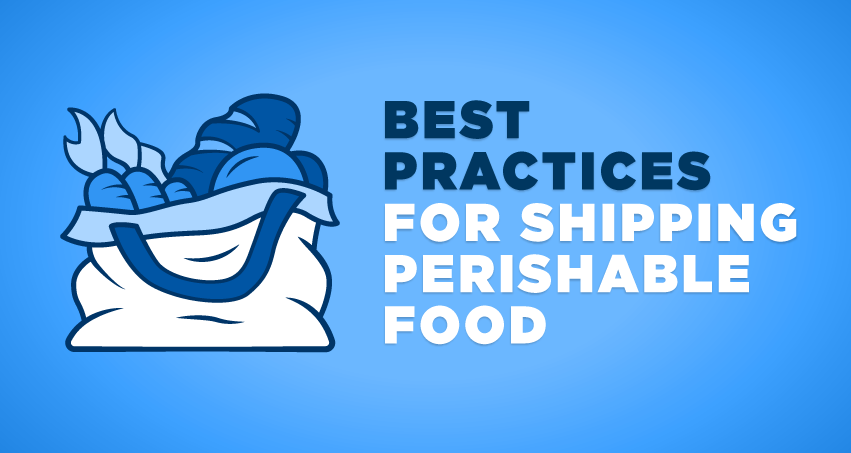,When it comes to shipping product, a lot goes into ensuring a satisfactory delivery. When temperature sensitive product is added to the equation, it’s important that shippers use extra caution. Here are four steps shippers should follow to ensure perishable products get shipped with ease.
Understand Temperature’s Effect on Perishable Products
The first step is to understand the influence of temperature on an item’s stability. Items such as fresh fruit, vegetables, meat, ice cream, medical products, beverages, and even artwork tend to be sensitive to temperatures and often require the use of temp-controlled shipping. A shipment is defined as perishable if its contents deteriorate over a period of time if it is exposed to severe environmental conditions such as extreme temperatures or humidity.
Select the Right Packaging
Once product is determined as perishable, determine which packaging fits your needs. When perishable product ships, it’s stored in a temp-controlled unit. Heat can still transfer between the container walls and the packaging. It’s recommended that shippers insulate their product. The most commonly used materials for insulation are radiant barrier films, rigid polyurethane foam, and expanded polystyrene (EPS).
Stage the Product on the Truck Correctly
The next step in protecting perishable product is staging and packing the product on the truck. Reefer trailers cannot typically hold as much weight or as many pallets as regular trailers because of the wall insulation. Although many companies are moving to “SpaceSaver” reefers, many trucks on the road still have ducts running through them. This cuts down the height available. Shippers should determine which specs and trailer might best benefit their perishable product and plan accordingly to get the most out of their temp-controlled shipments.
Request Your Carrier Follow Standard Operating Procedures
Finally, when shipping temp-controlled product it is important that carriers follow a specific standard operation procedure (SOP) that is customary to the shipping industry. This SOP is referred to as a TPPDS, which is broken down below.
Temperature on Bill of Lading (BOL) – Temperature on BOL must be verified and any difference between the BOL and the load tender received should be reported to the broker and/or the shipper before the trailer leaves the shipper.
Pre-cool – Carriers should pre-cool the reefer to the required temp prior to arriving at the shipper.
Pulp – Pulp product with a pulp thermometer (top, middle, and bottom) to ensure that product is at the proper temperature before loading.
Dock BOL – The carrier should be on the dock to ensure the temperature, count, and condition of the product, and notify their broker/customer if they are not allowed on the dock and note it on the BOL.
Seal – Every load requires a seal be placed on the trailer and notated on the BOL by the shipper.
Following these steps will help streamline your process of shipping perishable products and give you the best temp-controlled shipping experience.
###
The England Logistics Full Truckload division offers a range of services for companies of all sizes. Dedicated team members are available day and night to offer solutions and assistance with all logistical needs. Regardless of the transportation mode, our market and seasonal specialists provide flexible shipping solutions and are committed to helping every step of the way.



